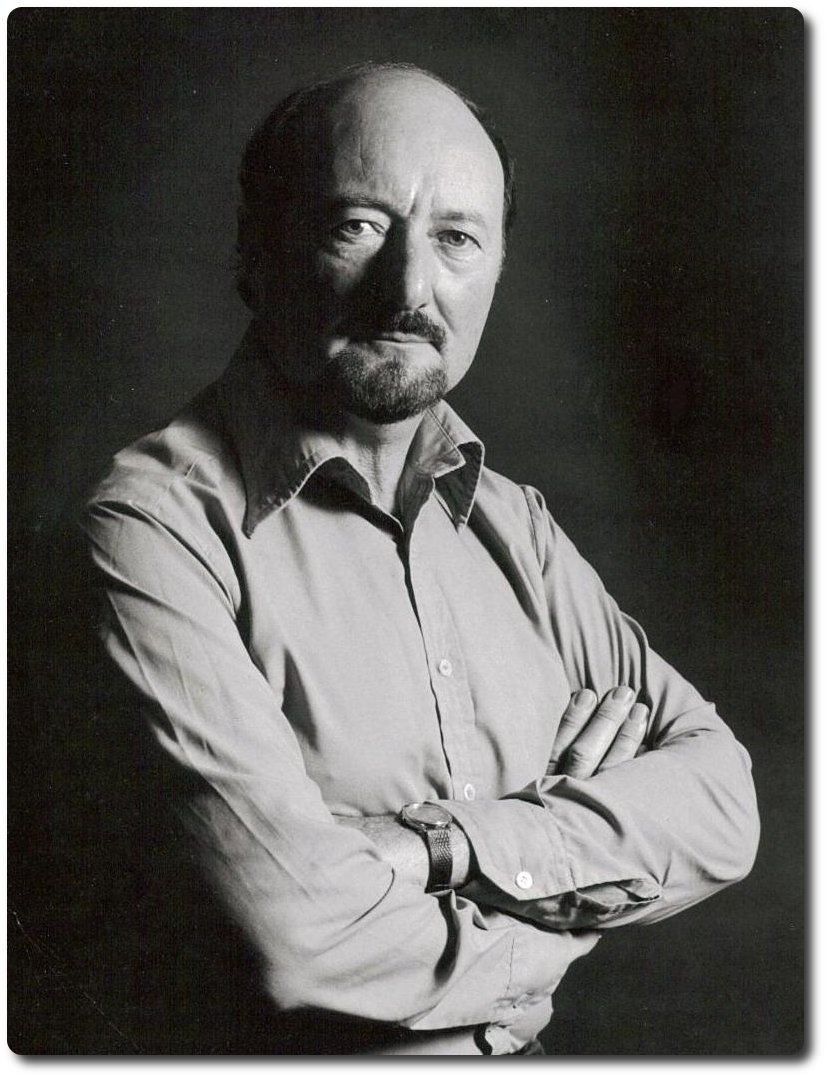 Philip Holmes 1924 - 2007
Philip Holmes 1924 - 2007
As a young boy, Philip Drake Holmes was recognized as a talented artist. Born in Bermondsey, South London, he was encouraged to attend art classes at Toynbee Hall, Whitechapel. After leaving school in 1938 at the age of 14, he worked first for Cinema Signs, and later for Swan Studios as an apprentice illustrator. When war broke out in 1939 he joined the RAF Cadets and in 1942 at the age of 18, he was seconded to 104 Squadron of Bomber Command, firstly based in Egypt and later Foggia in Italy, flying B24 bomber aircraft as radar navigator. When war ended he spent time at the Uffizi museum in Florence aiding in the re-installation of the galleries, before returning to London.
In 1948, he took up a place to study fine art at St. Martin’s School of Art in London where he met fellow students Frank Auerbach and Leon Kossoff. This ‘gang of three’ began attending evening classes with David Bomberg at the Borough Art School in London where they were encouraged to draw and paint the city’s many new building sites, particularly those along the South Bank being built for the 1951 Festival of Britain.
The fellow painters he met during those years remained lifelong friends and colleagues. After St Martin’s, Philip studied at the Académie La Grande Chaumière in Paris, before again joining David Bomberg at the painter’s newly formed Borough Bottega art school in Ronda, Spain where initially he stayed with David and his wife Lilian at the Casa de la Virgen before moving to the Pension Progreso in Ronda.
On his return to London he settled in his studio at 15 Charleville Road in South Kensington, which became a meeting place for several of London’s young struggling painters. In the mid ‘60s needing more space for his growing family, he moved to 13 Kelross Road, Islington where he maintained his studio for the next forty years.
To support his family Philip taught fine art at several schools and colleges, part-time at first, but eventually becoming senior Fine Arts Lecturer and Head of the Art and Design Department at Havering College of Higher and Further Education. He became an art advisor to the London Borough of Barnet social services team, providing demonstrations and art classes to care staff in various types of residential care homes. Philip derived great pleasure from inspiring and teaching others. He was a talented and inspirational teacher to many students and was a founding tutor to the Open College of the Arts, continuing to derive the pleasure he received from teaching.
Throughout his life Philip was a committed and passionate artist, focusing primarily on the landscape. A fine draughtsman, his body of work includes many large charcoal drawings, considered by some to be his best work. He travelled extensively, drawing and painting in Spain’s Sierra Nevada region, the Tarn Gorges of France, Switzerland, Lake Bled in Slovenia, the crusader castles of Cyprus and the many varied landscapes of America, including the Catskill Mountains of New York, the Adirondacks and Monument Valley. In the UK he loved to paint the mountainous landscapes of Wales and Scotland, the rugged coastlines and tin mines of Cornwall, and the fens and huge skies of Norfolk.
During the 1950s/60s Philip Holmes was given solo exhibitions in London at the RBA Galleries, ICA, Studio Gallery and Beaux Art Gallery. His work was exhibited at “The Spirit in the mass” exhibition at Fine Art Associates in 1989 and in 1992 his work was included in the exhibition “Bomberg and his Students” as part of South Bank University Centenary celebrations. During the 1990s he exhibited at the Paolo Corvino Gallery, Larchmont NY. More recently his work was shown at The School House Gallery, Norfolk and Clifton Fine Art Gallery, Bristol.
Many of his works are in private collections in the USA, sold through the art collector Arthur Massolo whom he met in 1959 while painting in the Sierra Nevada mountains of Spain.